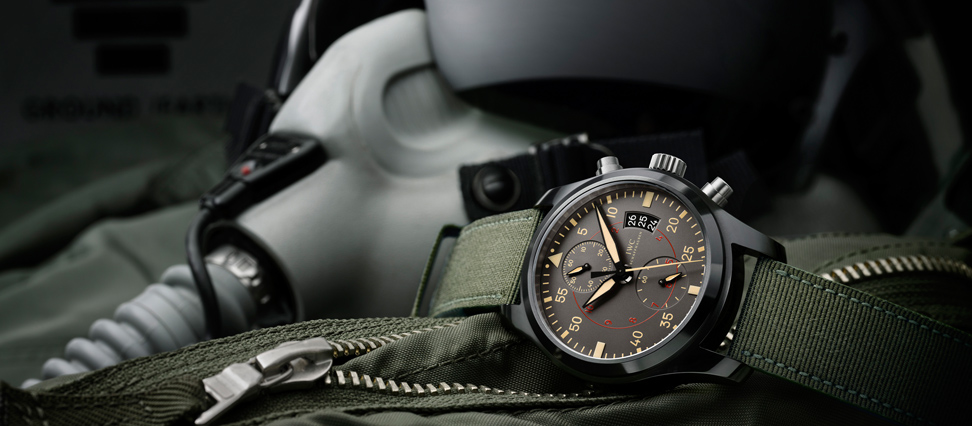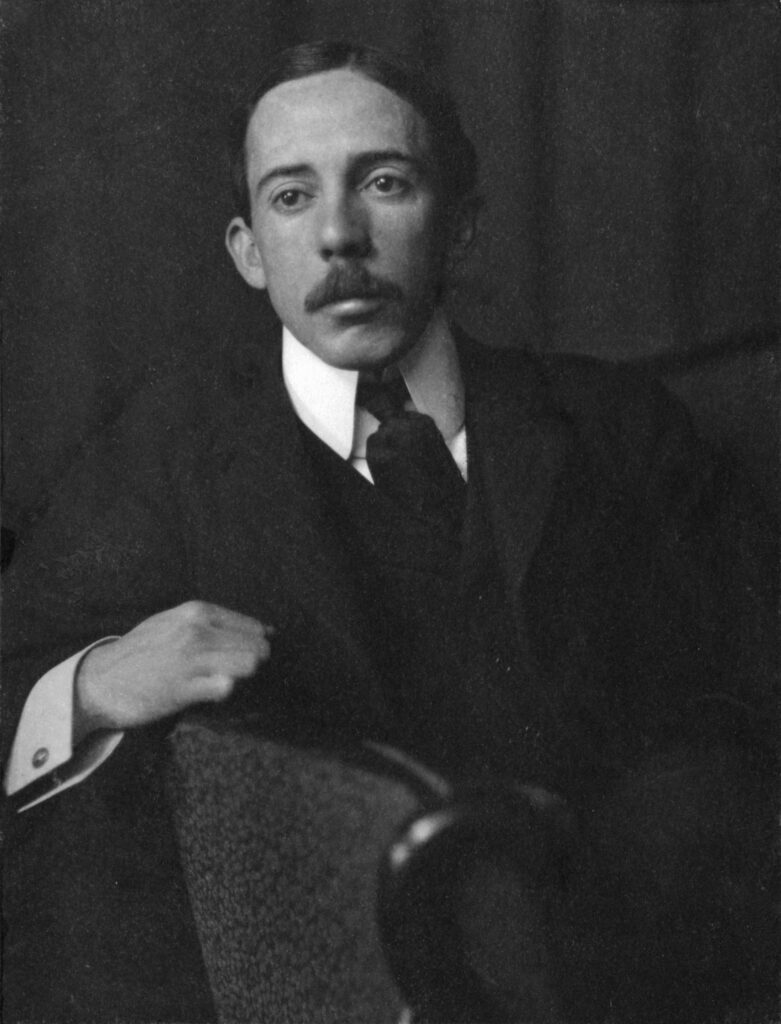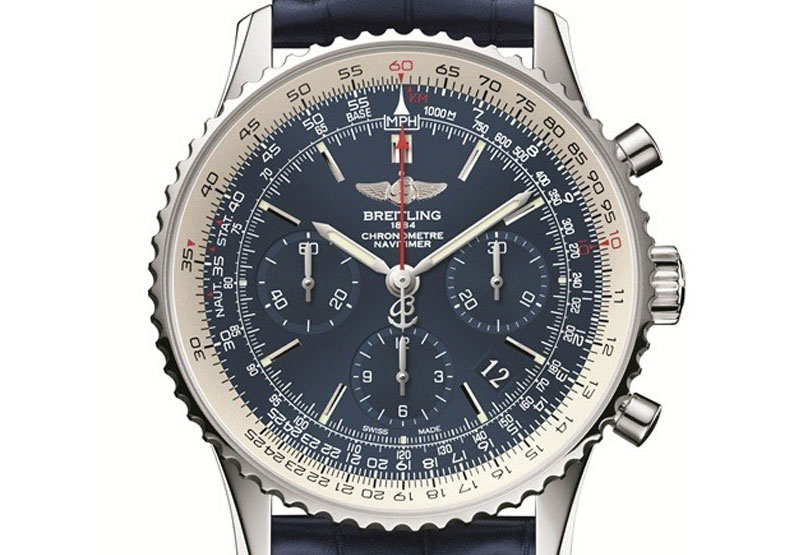Pilot Watches: Time Flies with Aviation

The first aeronauts began taking to the skies nearly 230 years ago. The first successful flying machine—the hot air balloon—was born in 1783. Back then, the time pieces that flew did not have the same technical capability as those that fly today. In all reality, they were likely part of a stylish ballooner’s attire—placed in a pocket near a crinkly cravat—and only used to check the time. It wasn’t until the the early 20th century that timepieces truly married their journey with flight. In 1904, one year after the Wright Brothers’ successful flight, a pioneering pilot from Brazil kicked off what became a union between time and aviation that continues to this day.

The Brazilian pilot mentioned was Alberto Santos-Dumont. In his day, Santos-Dumont was already a friend of Louis-François Cartier—an esteemed watchmaker in his own right. As it were, Santos-Dumont was planning his very own powered flight in Europe (akin to the Wright Brothers’ endeavor). In preparation for this flight, Santos-Dumont requested a timepiece from his friend Cartier. The timepiece requested required the freeing of his hands for handling flight controls. So, from 1904-1906 Cartier developed what would be known as the first aviation wristwatch. Being one of the very first wristwatches designed for anyone, period, the Cartier Santos propelled what would be the modern wristwatch forward. Until that time, the men’s pocket watch was the preferred time piece for watch wearers. However, the hands-free timepiece by Cartier—with its leather strap and metal buckle—became synonymous with flight and practicality.
In the ensuing decades, private aviators, military pilots, and plethora private citizens began adopting the wristwatch as their preference for timekeeping. The new invention of the flying machine gave wristwatches an edge in marketing—and preferred design. By the 1920’s, post WWI, pilots had adopted the wristwatch as a practical tool to help measure speed and distance. In one famous example, Charles Lindbergh made the first solo flight across the Atlantic in 1927—wristwatch onboard. On that famed flight, Lindbergh was sporting a timepiece by Longines that he’d designed almost entirely himself. Longines stood out well for Lindbergh, especially with an equipped tachymeter. At the time, Longines already had a great track record for timekeeping due to their involvement with the international Olympic games. As the flight went, Lindbergh’s Longines watch played an essential role: It was able to help him accurately determine longitudinal positioning while all alone above the sea. As the history books show, he managed to pilot himself safely to his destination as a result.

Further fame, war, and innovations continued to reinforce the shared relationship between aviation and timekeeping through history. By the end of the second world war, the aviation watch was a signature of style, durability, and utility. As well, the increased popularity of this style of watch meant more brands opting to design them. Companies like Breitling, Hamilton, and Heuer adopted this style of watch to bolster their brands worth—both privately and commercially. In 1969, these three brands all released tachymeter dial, automatic-wind wristwatches. Though the rotating tachymeter bezel was first released by Heuer in 1958—giving pilots an even better edge on measuring speed and distance—the 1969 releases of the automatic tachymeter pieces established the tachymeter watch as an industry staple in aviation timekeeping.
Nowadays, the aviation wristwatch is synonymous with effortless style and precision timing. Pilots and private citizens alike enjoy their practicality and design; Whether you’re trying to make your flight, trying to land a flight on time, or flying into a fight, it’s likely that you’re checking a piece of horological history on your wrist. So, keep it up and running—no need to leave what time it is up in the air.

